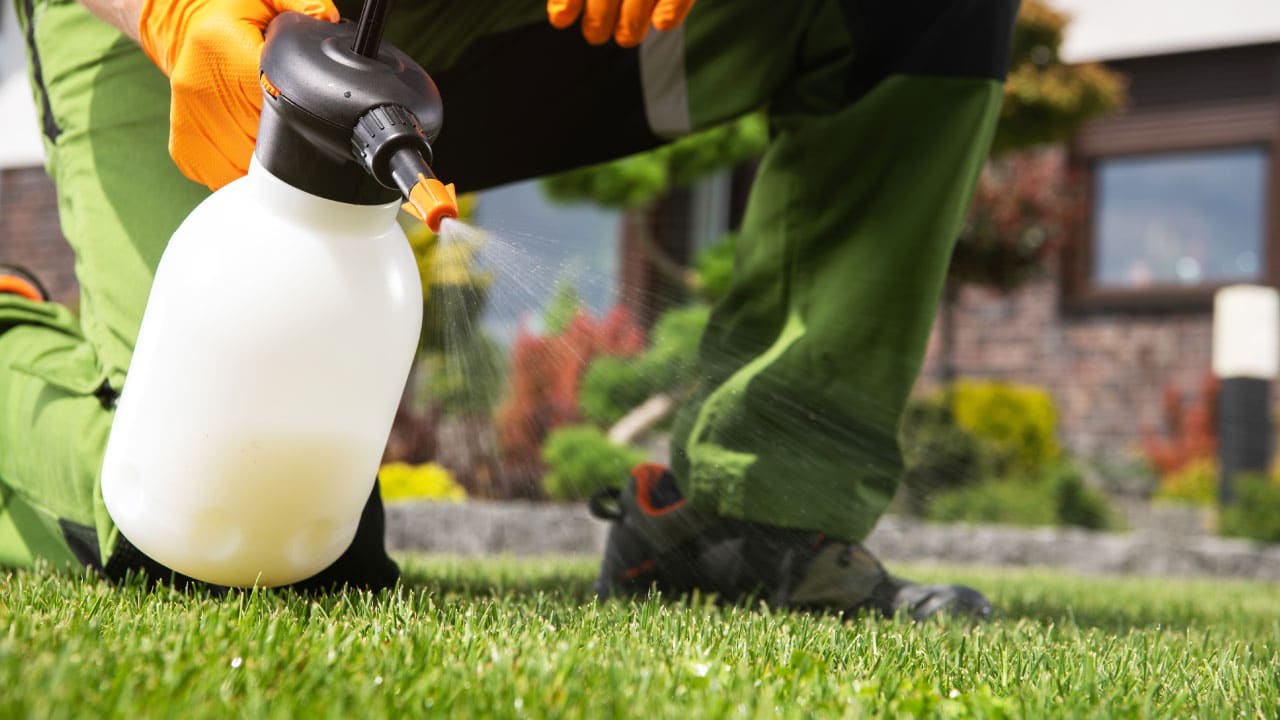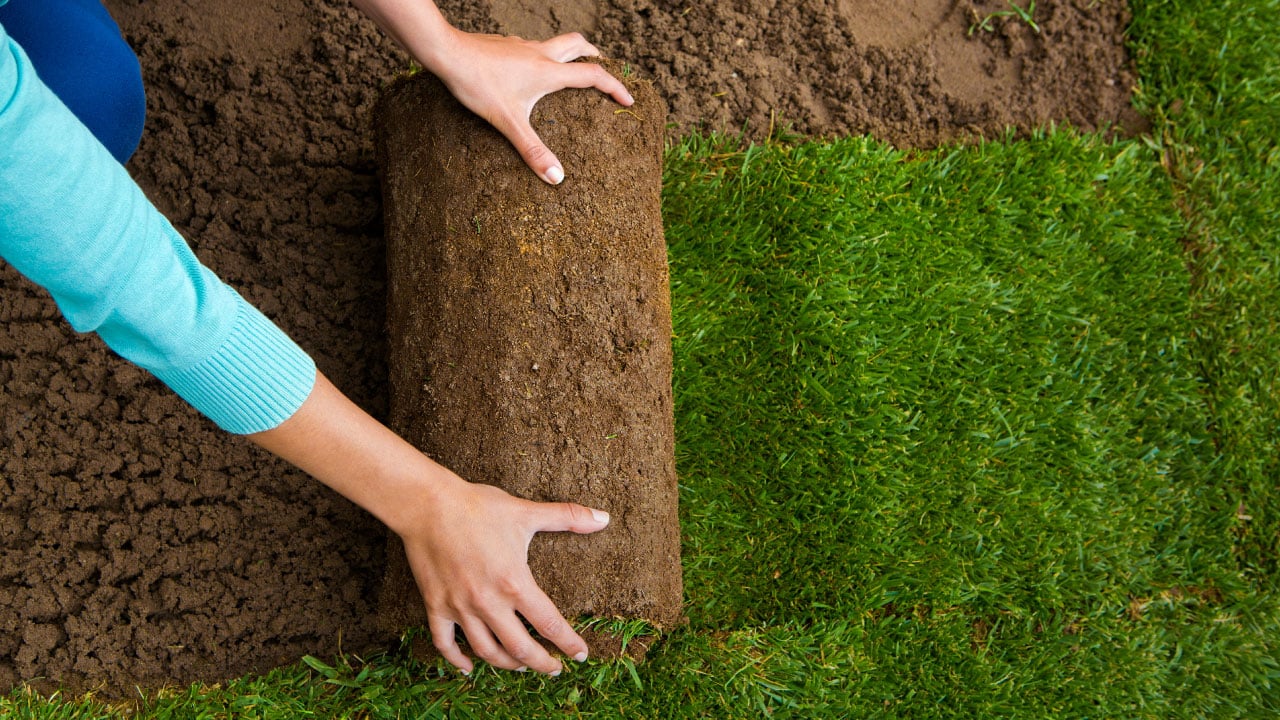
The Dos and Don’ts of Planting Grass
While grass may seem ubiquitous in modern America, a well-kept grassy lawn is a relatively new horticultural phenomenon. Cultivating a grass lawn is not unlike gardening flowers or food crops. Properly planting grass takes study, preparation and hard work.
There are more than 12,000 varieties of grass in the United States, and the right variety for your yard depends on factors such as growing season, land use, soil condition and other property features. The University of Minnesota has its own turfgrass breeding program, one of the few in the region, where it studies and develops grass varieties uniquely designed for the environmental needs and conditions of the state.
If you’re struggling to keep your lawn looking full, lush and green, remind yourself that this may not be rocket science – but it’s still science. Scott’s Lawn Care is here to be your Lawn 101 Professor, and provide your first lesson: The Dos and Don’ts of Planting Grass.
DO: Prep Your Soil
Just like with a flower garden, you need to prep your soil for grass seed to achieve the best results. It’s a good idea to test the pH of your soil prior to planting so that you can create the ideal conditions for growth. Till the soil to loosen it, and remove any dead grass, weeds, sticks or other debris. When you find weeds, make sure you remove them entirely as they’ll likely reroot if left in your planting area. After tilling and clearing your soil, add any fertilizer or nutrients, and moisten the area with water.

DON’T: Seed After Applying Weed Control
While we all want a gorgeous lawn as soon as possible, it’s important to go at the right pace. Applying grass seed after using weed killers and herbicides will result in your grass being dead prior to arrival. Avoid using any such products for at least 14 days prior to preparing your soil for grass seed.
DO: Scatter The Right Amount of Seed
The ideal time to plant grass in Minnesota is late summer or early fall, when overseeding is a great practice to use. However, overseeding in the spring can result in too much competition for nutrients. Minnesotans can still plant grass in the spring, but make sure to spread seed evenly throughout the prepared area without fully covering the ground. You should be able to see dirt between the seeds.
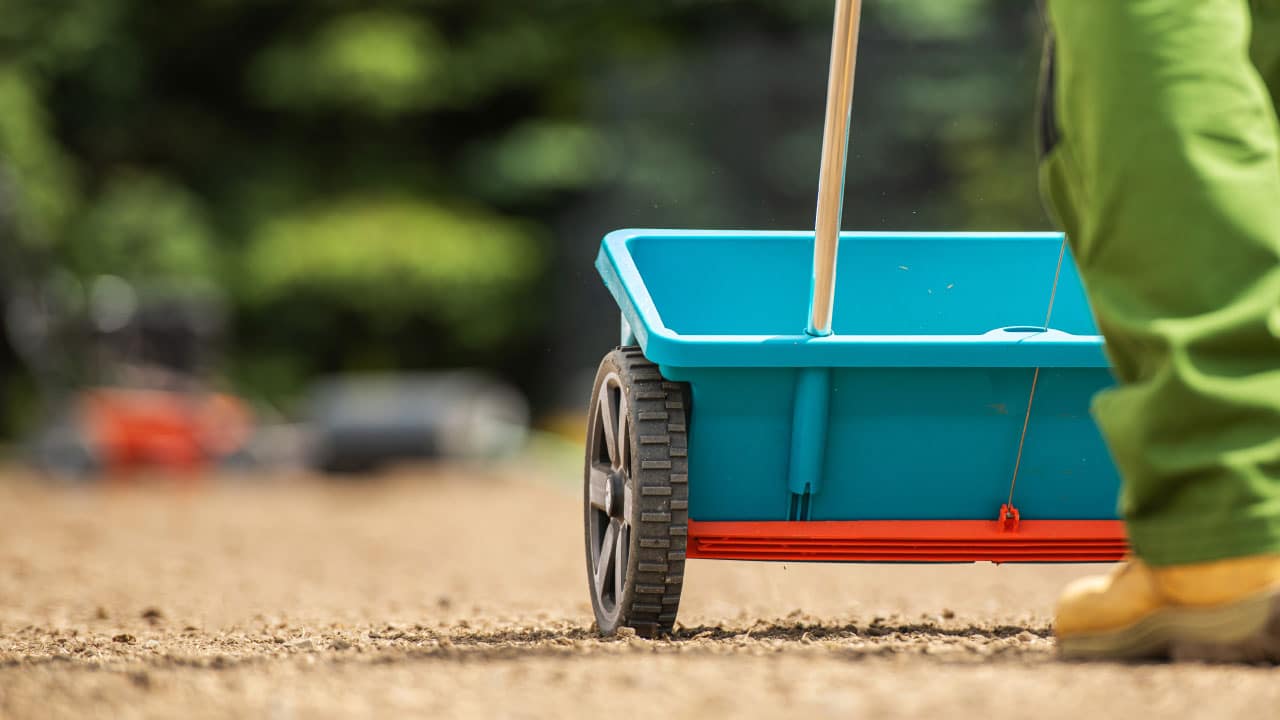
DON’T: Overwater Your Grass
Overwatering after seeding will simply wash your seeds away. Take it slow and gentle with your watering after planting grass. Give your grass seedlings a gentle 10-minute shower every morning and again at midafternoon. If you don’t have a sprinkler system, make sure to control your watering so as not to cause flooding. Adjust your watering schedule based on the weather and drought restrictions.
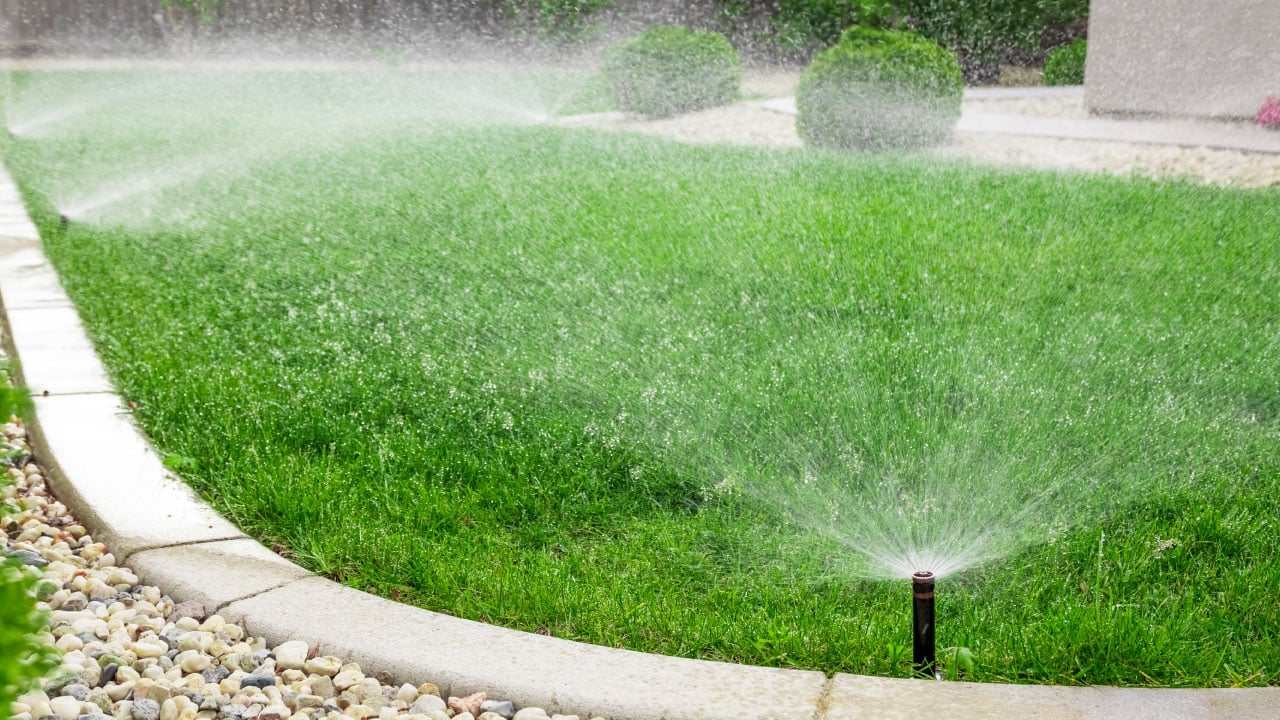
DO: Protect Your Baby Blades
There comes a time in every homeowner’s life when they become Wilson from Dennis the Menace, shouting “Get off my lawn!” But that doesn’t make you a curmudgeon; it simply makes you a good steward of the garden of grass you’ve grown. Keep people and pets off grass seed and seedlings until your grass is at least 3 inches high.
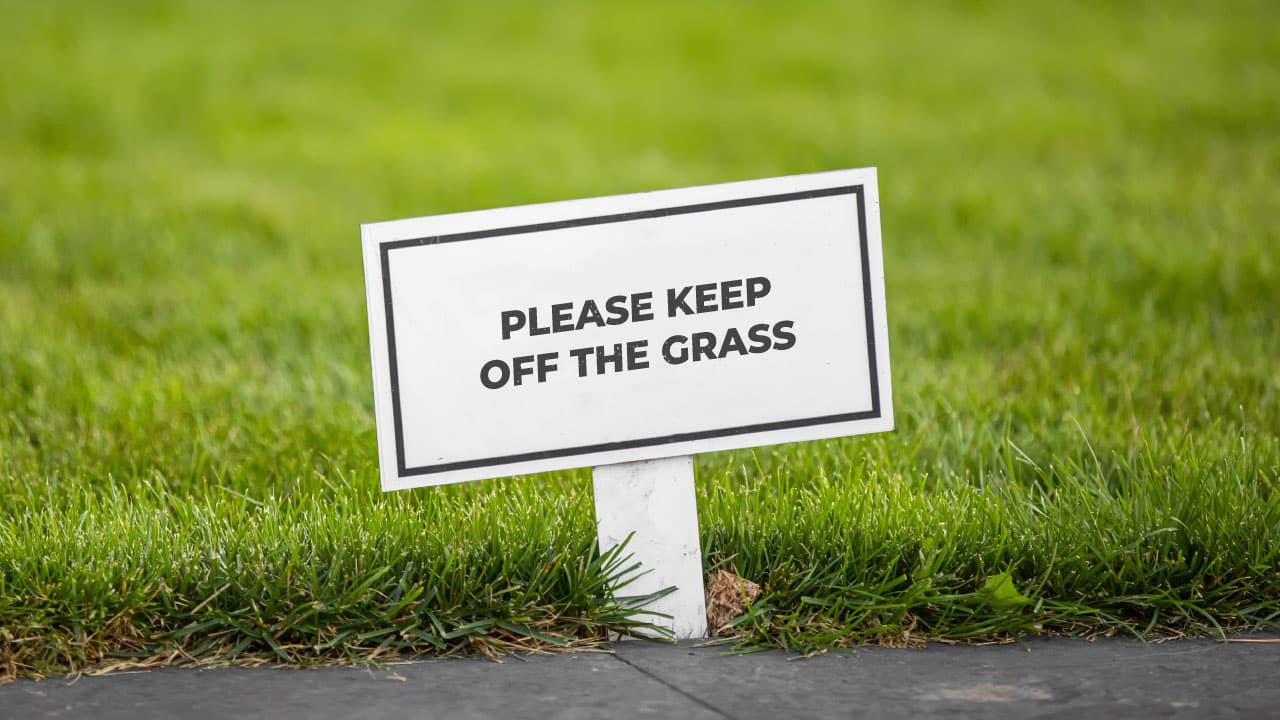
Achieve a Glorious Lawn with Scott’s Lawn Care
Scott’s Lawn Care has proudly perfected Twin Cities Area lawns for more than 25 years. Our hands-on experience is backed by training from the Minnesota Department of Agriculture, U of M Extension and the Minnesota Nursery and Landscape Association. We provide dirt repair, seeding and sod services to cultivate a green and healthy landscape for your property. Our regular lawn maintenance services take the guesswork, prepwork and labor off your shoulders so that you can do more enjoying and less choring. To gain a partner in beautiful, healthy landscaping contact Scott’s Lawn Care at 763-479-8155 or visit our website.

